All you ever wanted to know about recording your electric guitar amplifier with microphones, but were afraid to ask !
Flanger is the BEST modulation pedal
There’s nothing I can do about it—I’ve tried chorus pedals, but they’re too cliché. Phasers never quite deliver the sonic qualities I’m after. Tremolos make me lose too much nuance, and vibratos? They just make me seasick! No, the only modulation pedal that truly works for me—and that I feel is all I need—is the flanger. If these words don’t mean much to you yet, I recommend checking out the previous article on modulation effects first. Done? Great. Now let me tell you why you absolutely need to try a flanger.
With stronger resonances than a phaser, the flanger brings a relatively metallic timbre to the guitar tone. And that’s exactly what defines it! It’s not uncommon to consider the flanger as a caricatural or extreme effect, and you can totally achieve that if you slow down the sweep and crank the resonance, bringing a characteristic metallic swoosh sound that became a hallmark of guitar heroes. A textbook example is Eddie Van Halen using an MXR Flanger on Unchained, which sounds like a jet engine taking off—hence the nickname “jet engine flanger”.
Yet depending on how you set it and where it’s placed on your pedalboard, a flanger can also deliver subtle, smooth textures. It can enhance your tone with a light vibrance that’s surprisingly versatile. Some flangers come with a “manual” control, which adjusts the average delay time at the heart of the flanger. The shorter the delay, the brighter and more phaser-like the sound. The longer the delay, the darker and more chorus-like it becomes. This is the case with the Boss BF-2, famously used by Robert Smith in the early days of The Cure.
But even without that control, many flangers can mimic a chorus simply by increasing the depth setting. That’s what Andy Summers did with The Police, using his Electro-Harmonix Electric Mistress on pretty much everything.
Bonus tip: Some flangers offer a rare and powerful feature which manipulates the resonance polarity. It may sound obscure, but it’s a true secret weapon. It changes the way resonance is produced, either emphasizing even or odd harmonics. The result is a tone that resonates more in the highs or the lows, making the flanger particularly effective on downtuned guitars or even bass. And don’t laugh—Guns N’ Roses famously used chorus on bass in Sweet Child O’ Mine! Few flangers offer this option, the A/DA Flanger is one of them, with its Odd/Even switch.
As for pedalboard placement, flangers work great in your amp’s effects loop or at the end of your signal chain, right before reverb and delay, but after distortion and drive. That’s where they’ll have the most impact, hence is usually what I recommend for subtler applications. To tame the metallic overtones, you can place the flanger before an overdrive, giving your tone movement and depth without altering it too much. But beware—most flangers are analog, and they tend to add noise. Placing one before a high-gain section will amplify that noise, which is a known issue with the Electric Mistress, for example. A digital flanger will be quieter, but often lacks the personality and texture I’m after—it’s just not my cup of tea.
Whether you’re a guitarist or a bassist, a good flanger gives you grain, character, and versatility. If you’re a minimalist, one single flanger pedal can cover everything—from light chorus-like shimmer to aggressive and experimental textures. That makes it the ideal modulation if you want to stand out and breathe new life into your tone—unlike the chorus which often sounds like stuck in the 80s.
When I designed the Twist, I built it as a Swiss army knife of modulation, inspired by that middle ground between flanger and chorus that Andy Summers mastered so well. Voiced intentionally warm, it lets you go from lush chorus to full-on flanger via the resonance control. The Hi/Lo switch replicates the same function as the A/DA’s polarity setting, to better match your playing style and instrument range. And the icing on the cake? A continuously variable modulation waveform, which subtly alters how the movement is perceived—pushing into Univibe territory. If you’re looking for a versatile, compact, yet deeply unique modulation pedal, you have to check our Twist out !



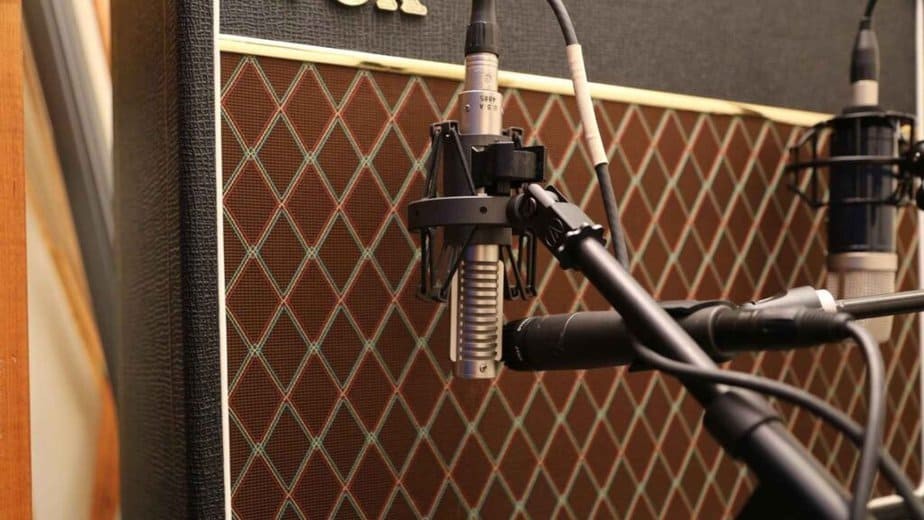
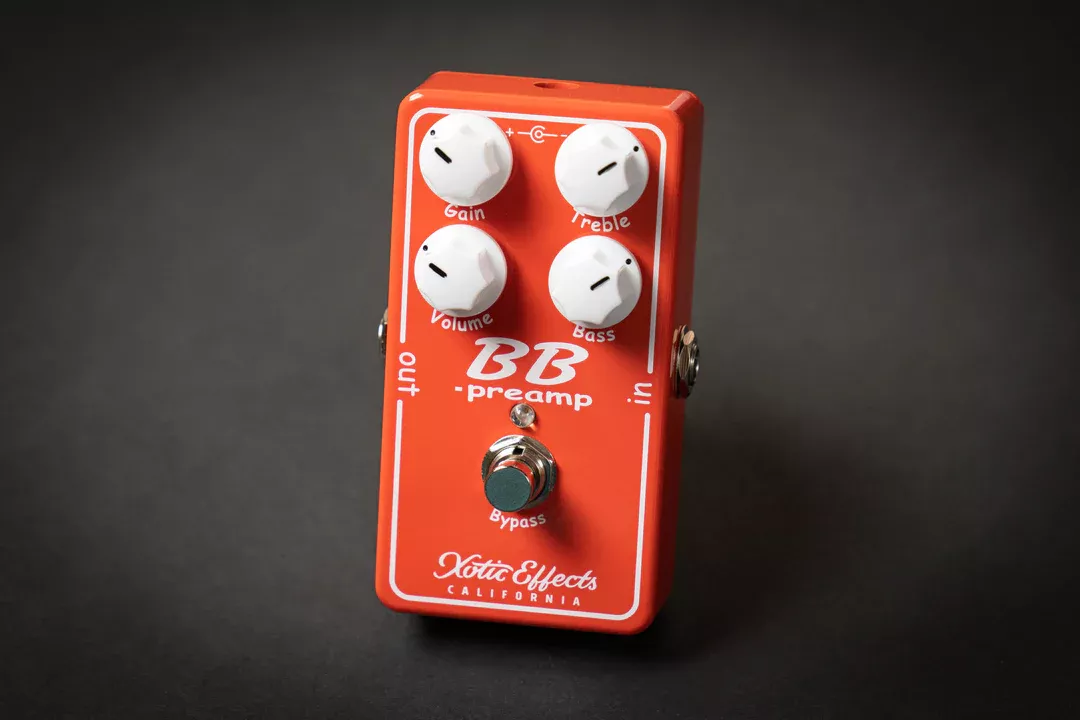
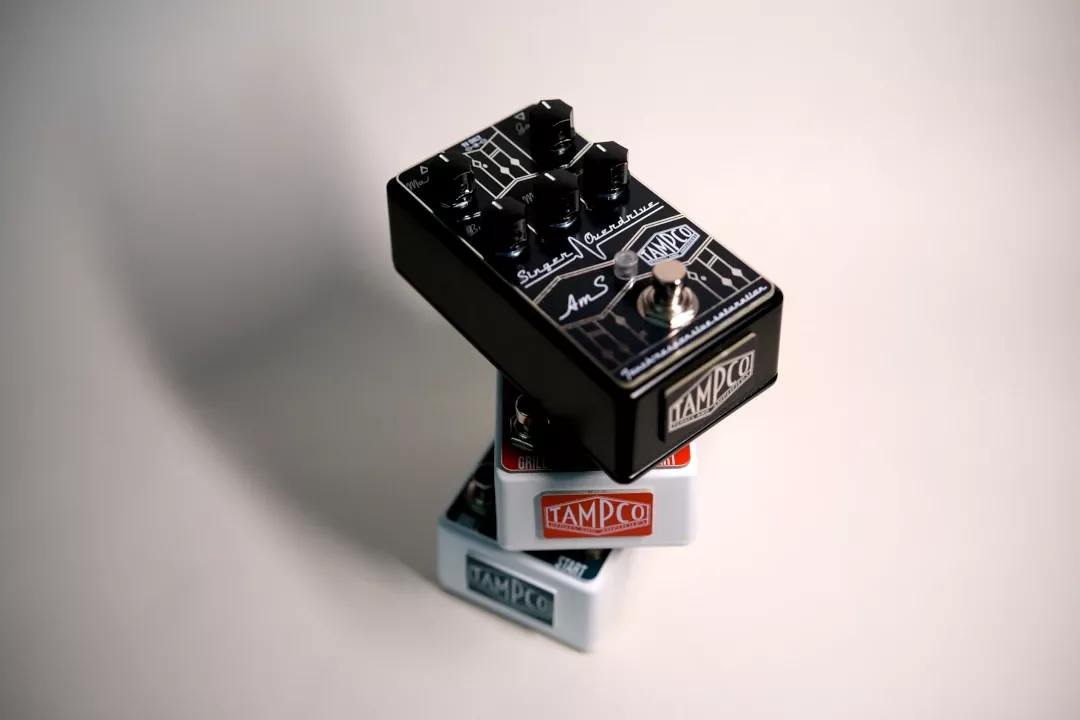
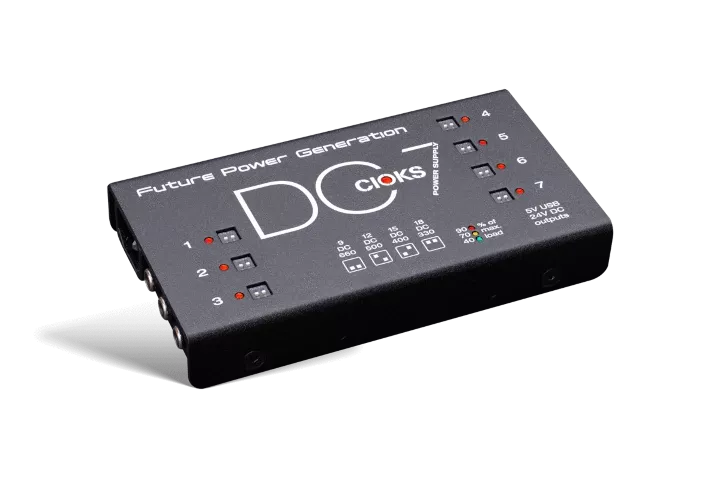
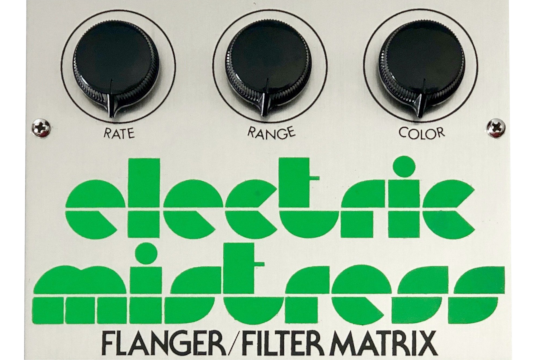
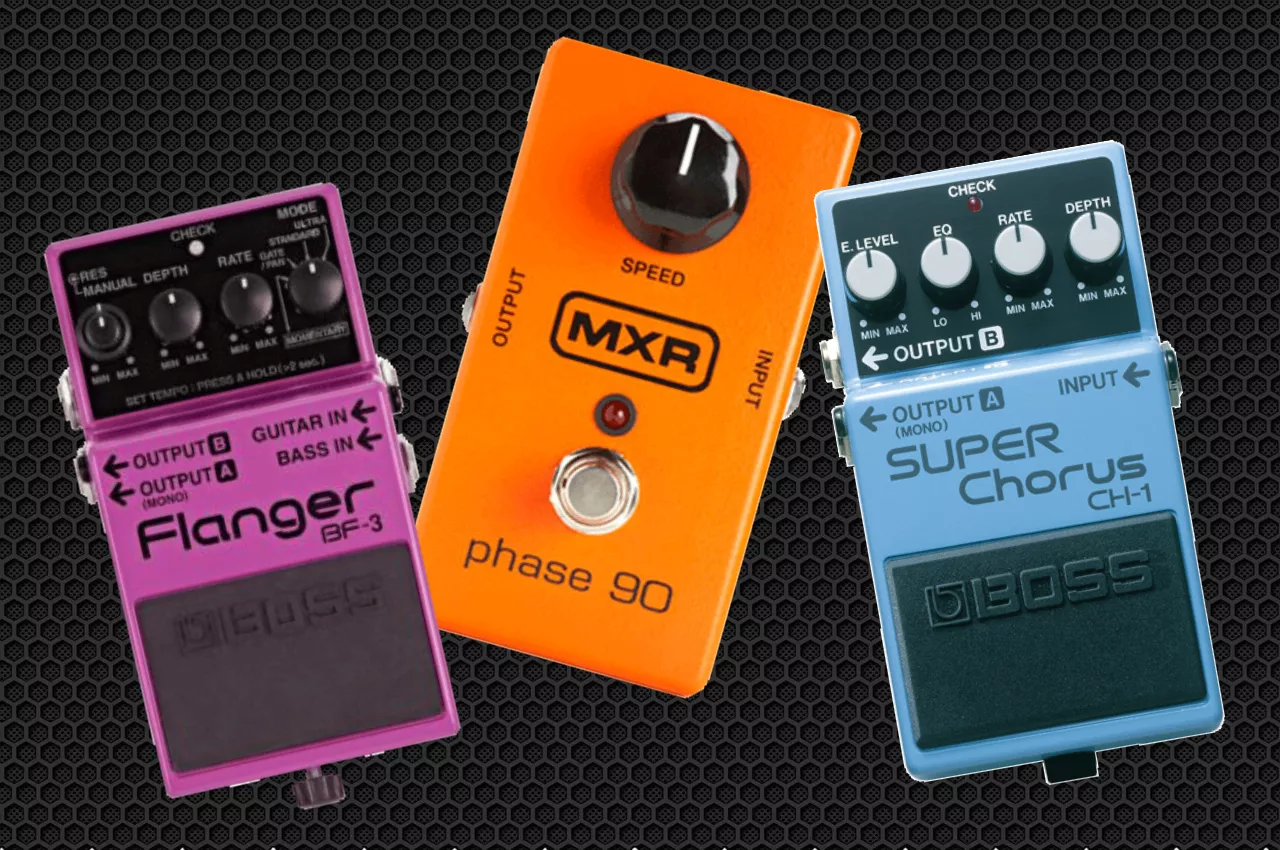
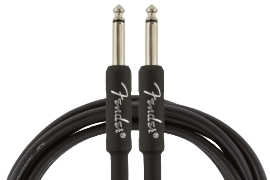
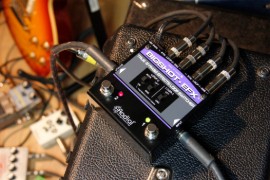


Leave a comment